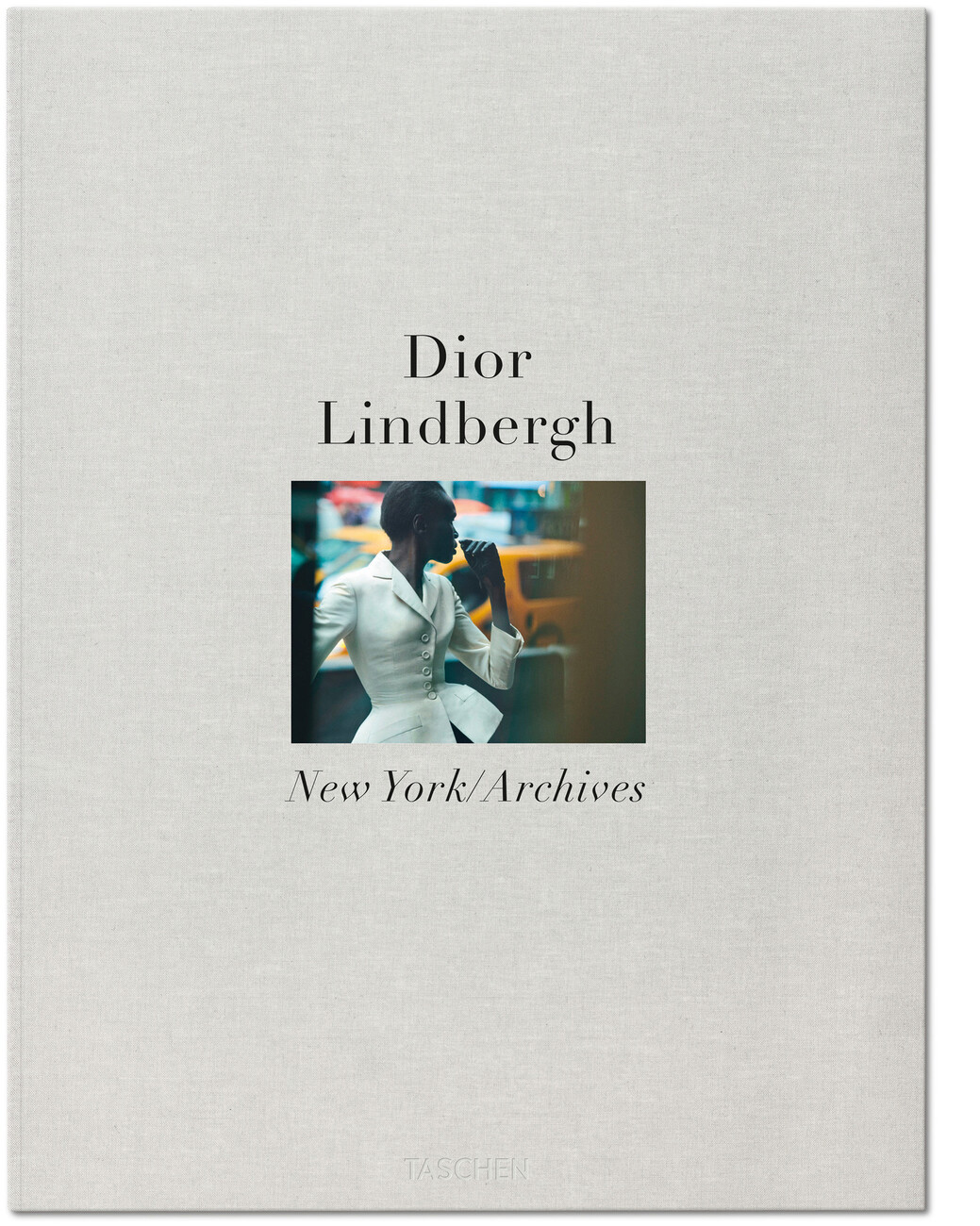Lindbergh photographs Dior
The house of Dior is an icon of haute couture – and it mirrors the history of fashion. Christian Dior was one of the most influential postwar fashion designers and, practically single-handedly returned Paris to its status as the world’s leading center of fashion. It was a time when elegance represented the ideal in ladies’ fashion. For his wealthy clientele Dior designed haute couture which was publicized by magazines throughout the world, subsequently copied in their millions by department stores and by housewives in their own homes. When Dior died in 1957 his assistant Yves Saint Laurent, who was only 21 at the time, stepped into his shoes as the company’s artistic director, immediately confirming his reputation as a wunderkind. However, this collaboration came to an end in 1960 when Saint Laurent was forced to do his military service, an experience that was, for him, extremely traumatic; Saint Laurent opened his own fashion house shortly afterwards. In his new business he revolutionized not only fashion but also distribution channels and marketing, while the house of Dior gradually fell into decline. Its clientele aged visibly and rapidly, and although the company’s multitude of licenses continued to be money spinners, they increasingly watered down the house’s image. The turnaround only came when the business was taken over by Bernard Arnault. With Gianfranco Ferré and particularly with John Galliano as head designer, Dior finally succeeded in restoring its image in the haute couture sector – and, with its regained fame, in selling prêt-à-porter fashion, but, first and foremost, purses, shoes and perfumes. Dior became one of the blueprints for luxury brands in the 21st century.
Over a period of decades, Lindbergh, who died in September 2019, captured the changes in the house of Dior on film. In 2018, he undertook a large-scale project in which he photographed a number of his favorite models, including Alek Wek, Saskia de Brauw and Amber Valetta, in 80 dresses from the Dior Museum, on New York’s Times Square. The resultant pictures are at once transient and dramatic, Lindbergh repeatedly toys with light and shadow, sharp focus and blurred shots. Galliano’s extravagant robes appear to flash up from the constant stream of passes-by in a manner that is almost unreal. By contrast, the classic evening gowns and suits from the Christian Dior era stand in strange contrast to the modern faces of the models and yet, at the same time, they look strangely right on the stage that is Times Square.
The large-format two-volume book that has now been published by Taschen-Verlag comprises 165 images from this selfsame photographic project. They are joined by 100 photographs from Lindbergh’s archive in which he took pictures of creations by Dior for magazines such as Vogue and Harper’s Bazaar. It was Lindbergh’s last major project before his untimely death. This magnificent two-volume book of photographs has now become, in equal measure, his legacy and a way of paying homage to the man.
Peter Lindbergh: Dior
With an introduction by Martin Harrison
2 volumes, 520 pp.
Cologne: Taschen-Verlag 2019
€150











